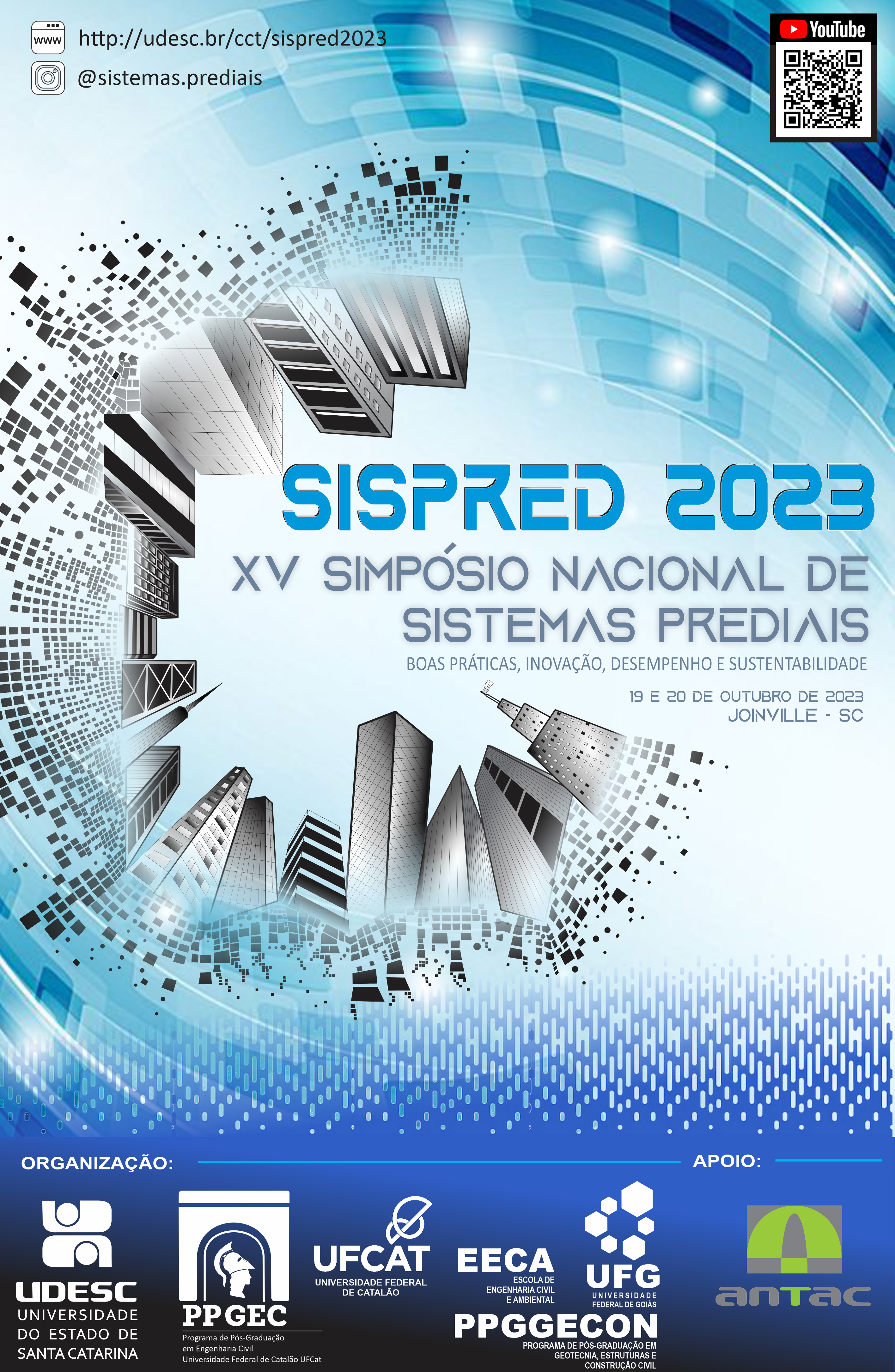Potential rainwater harvesting and greywater reuse in office buildings in Brasilia, Brazil
DOI:
https://doi.org/10.46421/sispred.v3.2984Keywords:
Water end-uses, Rainwater harvesting, Greywater reuse, Economic analysis, Reductions in the exploration of water resources, Office buildingsAbstract
ABSTRACT: The main objective of this paper was to carry out a comparative analysis of the feasibility of rainwater harvesting and greywater reuse systems in office buildings in Brasilia, Brazil. Therefore, this research incorporated quantitative and qualitative methodologies to compose representative models to estimate their potential for potable water savings and verify the costs and benefits generated at the building scale and at the city scale. Overall, greywater reuse systems presented better environmental and financial benefits than rainwater harvesting systems. However, by using both technologies in a complementary way, it is possible to promote higher water savings, equivalent to 851 m³ per office building per year, which would represent a reduction in urban water demand of 85,983.32 m3/year and in exploration expenses at R$ 442,814.10 ($ 81,552.59 USD; € 80,079.08 EURO) per year.
Downloads
References
ADASA. Níveis dos reservatórios de Santa Maria e Descoberto. Brasília: Agência Reguladora de Águas, Energia e Saneamento Básico do Distrito Federal. Disponível em: <http://www.adasa.df.gov.br>. Acesso em: 10 novembro 2016.
CAESB. Seca 2016: Informações sobre a crise hídrica no Distrito Federal. Brasília: Companhia de Saneamento Ambiental do Distrito Federal, 2016a. Disponível em: <https://www.caesb.df.gov.br/>. Acesso em 07 dezembro 2016.
FEWKES, A. Modelling the performance of rainwater collection systems: towards a generalised approach. Urban Water, v. 1, n. 4, p. 323-333, 2000.
HERRINGTON, P. R. The economics of water demand management. In: D. BUTLER e F.A. MEMON (Ed.). Water demand management. London: IWA, 2006. The economics of water demand management, p.236-279.

